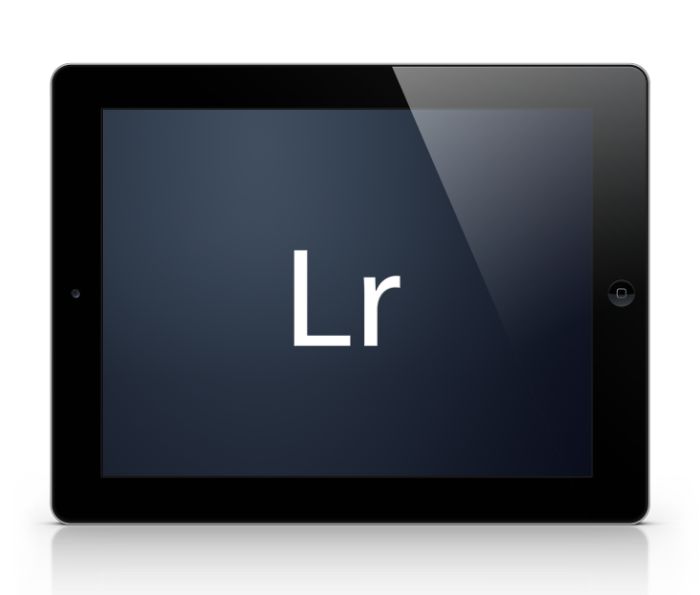

It has to be said, from the outside looking in, this doesn’t seem drastically different from Adobe Lightroom. More features are coming: Capture One purposely decided to launch with a reduced set of features.Controls: Capture One for iPad has gesture controls and a two-handed UI.Editing: According to the press release there are features like, “batch editing, Dehaze, film grain and Basic Color Editor, to Styles (presets) import and other advanced workflows.” The company adds that Star Rating, Color Tagging, Crop and Rotation, White Balance, Exposure, Dynamic Range, Clarity, and more are also available.That’s to say that if you’re editing on the computer, it won’t necessarily sync back to the iPad.

From Capture One’s verbiage, I don’t think the edits and work completely sync back and forth. With Capture One for iPad, you can start working there, then sync it to the cloud and continue working there. With Adobe, the edits you make on your computer will sync across to mobile devices. From the language Capture One is using, this is how it seems different from Adobe. If you want to continue working on the desktop, you can do so via Cloud Sync. Cloud sync: You can hook your camera up to your iPad’s USB-C port and then import images into Capture One for iPad.But now, I’ll be able to do a whole lot more. With it, I can do nearly everything I need to run the site. Earlier this year, I bought an iPad Pro 12.9 inch variant and I’ve felt right at home. The biggest features are exciting if you’re an iPad owner. Here’s what you need to know about Capture One for iPad. At the moment, Capture One for iPad is most likely going to change how so many photographers use the program. And while this is a new beginning for Capture One’s mobile future, we’re not yet seeing the AI features he hinted at. This is the future CEO Rafael Orta spoke about with us last year. Capture One for iPad is finally making its debut eight years after competitor Adobe Lightroom came to the platform.


 0 kommentar(er)
0 kommentar(er)
